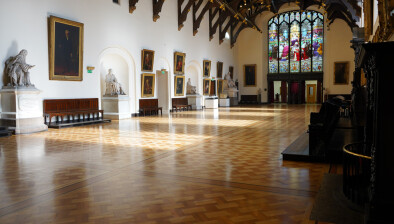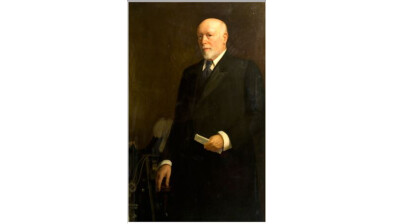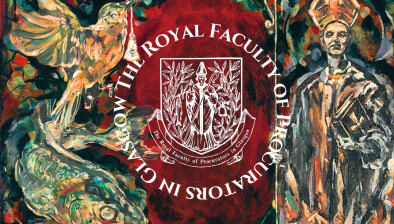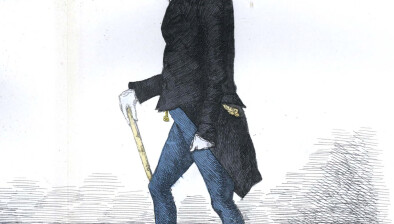Our Legal Heritage: The adulterous judge who had his troublesome wife kidnapped and exiled to St Kilda
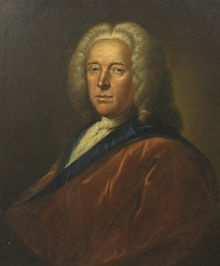
James Erskine
During his lifetime, James Erksine, Lord Grange, Scotland’s Lord Justice Clerk from 1710 to 1714, was best known for his eccentric opposition to the Witchcraft Act of 1735 which aimed to ensure there would be no return to the infamous witch hunts which had claimed the lives of so many women.
Erskine was regarded as a pious Presbyterian, and was part of the religious Gestapo that ran Scotland. He had Jacobite sympathies, but never publicly admitted them due to his social standing. He was also a spectacular hypocrite of the sort Burns had in mind when he wrote Holy Wullie’s Prayer.
When his long-running affair with Fanny Lindsay, a coffee shop proprietor in Edinburgh’s High Street, was discovered, Erskine’s wife (who was well-known for her temper and erratic behaviour) became even more unhinged.
Lady Grange, or Rachel Chiesley, was known as a ‘wild beauty’ in her youth and it is likely that she was pregnant when she married Erskine three years before his appointment as Lord Justice Clerk. The marriage, which produced nine children, was not a happy one.
And it appears that Erskine was somewhat afraid of his wife – perhaps for good reason. Bad temper ran in her family, it would appear. When Rachel was around 10 years old her irate father expressed his anger about having to pay his wife aliment by shooting the Lord President Sir George Lockhart of Carnwath.
Over the years, Lady Grange’s behaviour became increasingly erratic and, by 1730, tensions were at boiling point. In the spring of 1730, Lady Grange signed an official letter of separation from James Erskine. However, their troubles only increased.
Lord Grange did have a part to play in his wife’s rising anger, as the discovery of his affair with Fanny Lindsay and the removal of Rachel’s factorship of their estate in Preston only added fuel to the fire.
After putting up with his wife’s aggressive and irate behaviour for nearly 25 years, Lord Grange decided it was time to take action against her and, in January 1732, he had her abducted from her home. The abduction was conducted by two noblemen with a few of their men, and it was said to be a struggle to capture and imprison the feisty Lady.
As David Maclennan WS notes: “There was a struggle and she was thrown to the floor, gagged and even lost some of her teeth and hair. She was badly cut and bruised on her face which bled.”
Once captured, she was slowly taken across the country, never staying in one place for too long, towards the West Coast. The first place she was held for a lengthy period was the island of Hesker, where she remained for a few years. Thereafter, she was confined to the Isle of Hirta in the St Kilda archipelago.
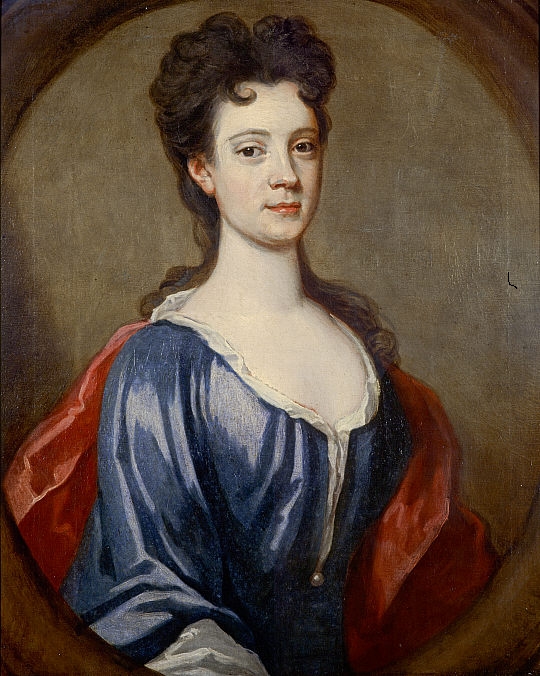
Rachel Chiesley
Lady Grange was imprisoned on Hirta in a Cleit, a stone storage hut, from 1734 for eight years. The structure still stands today. During this time she was said to have drunk all the whisky she could get her hands on and wandered the shores. The island inhabitants were kind and even helped to smuggle some letters to Edinburgh for her.
The letters to her lawyer told of the bleak and miserable conditions of her imprisonment. She was, at times, unaware of where she had been taken and was not provided with food or clothes. Her ‘house’ on the island of Hirta was little more than a stone hut with a soil floor and was barely weatherproof.
A rescue attempt was made but, by the time the party reached the island, she had been moved. She was taken to Assynt in Sutherland and finally to the Isle of Skye where she died in May 1745 at the age of 66.
However, many people at the time were led to believe she was already dead and a public funeral was held for her shortly after she was kidnapped. Her abduction did not seem to cause much distress to her nine children, perhaps a reflection of the relationship they had with their ill-tempered mother.
The imprisonment of Lady Grange was only possible, it seems, because of the network of associates Lord Grange relied on. Many of his friends and supporters were involved in the complex plan to kidnap and imprison his wife for so many years.
Ultimately, like her murderous father, Rachel Chiesley’s downfall was her inability to control her temper.







